Peoples and mysteries of the Camino de Santiago: Manjarín, Knigth Templars in El Bierzo
'You should not tell ghost stories,' the crazy pilgrim told me after reading over my shoulder the story of a nineteenth-century pilgrim who claims to appear to other pilgrims in the vicinity of Mansilla de las Mulas ... '(1 ).
If we take as a reference, the route that goes from Astorga to Ponferrada, and beyond this important Templar enclave, Villafranca del Bierzo and Corullón, entering the province of Lugo by Piedrafita do Cebreiro and the high one that bears his name, We will have the opportunity to visit some of the most emblematic places of that path of initiation, full of symbols and anecdotes, which is the Camino de Santiago.
According to one the Maragatería leaves behind to enter El Bierzo, it will not take long to apprehend the particular idiosyncrasy of the places it goes through. In Castrillo de los Polvazares, you may see the aged rogue begging coins to the sound of his guitar chords, which accompany coplillas invented on the fly taking as a reference the tourists and pilgrims who enter the city, probably with the intention, not only to visit a typical maragato village but, also, to taste and regain strength with its famous and extraordinary stew.
From there, they are barely separated by a few kilometers of a curious little town whose name, El Ganso, will make you feel part of a game closely linked to the Camino de Santiago: the one of La Oca. Just six kilometers further on, you will tread on a village, Rabanal del Camino, of ancient and deep Templar roots, where the freires church survives and also the former home, now converted into a hostel for pilgrims.
The cautious pilgrim and lover of the tradition, will take his prepared stone, because in the following town and according to they send the canons, he will have to deposit it in the enormous monoxi that serves as base to the Cruz de Fierro or Ferro: Foncebadón.
It is this, a village of witchcraft tradition, barely inhabited today, but where you can have a first contact with the Celtic world of pallozas, taste good homemade meals, based on medieval recipes, in the Taberna de Gaia -in the shield, you will see a red cross and an oca- and rest, if fatigue or night are thrown on you, in the new hostel -both located at the foot of the road- on whose front you will see, likewise, another of the symbols that more often you will find your way: the leg of goose.
On the outskirts of the town, and ascending the slope of the road, will reach, not without effort, the plain where the Cross sits, and once deposited its stone, perhaps spend a few minutes to pray at the door of the hermitage of Santiago Apostle -of modern construction and property of the Galician Center of Ponferrada- or perhaps, on the contrary, I left engraved on the stones of its sides, as seems to be the custom, a graffiti with his name and the date of when he passed by there.
The next town, located approximately eight or ten kilometers ahead, will surely make you shudder, thinking that you are alone in the middle of nowhere. It is the abandoned village of Manjarín.
Depending on the characteristics of the time in which you move, you will see perhaps a shimmering white shroud, covering the stumps of houses demolished by time and abandonment, and reading the name -Eva- that appears in the center of the stone cross, of characteristics monxoi by the small pyramid formed by its base, which is located on the left, at the beginning of the town, feel curious to know who was the aforementioned Eva or, on the contrary, shudder involuntarily, letting her mind begin to shuffle a ghost story, similar to the one mentioned by Grian, referring to that 19th century pilgrim who died on the Camino, who appears to the pilgrims, presumably, to grant them their supernatural help.
A few meters further on, following the road, and almost reaching the end of the badly wounded village, you will see a curious chamizo on your right, with a casual appearance and part shanty, in which, in addition to the signs with the name of the town, you will see another which says, textually, Templar Commendation, and below, the known maxim of the freires milites, non nobis, Domine.
And in fact, judging from the numerous crosses, taus, pates, patriarchal, or twelve beatitudes, it will have, for a moment, the impression that the old Templar hospiarers have resurfaced from the historical ashes, to continue, between others, one of their most sacred functions and, exoterically speaking, by which the Order was created, back in the unofficial year of 1118: the attention and assistance to the pilgrim.
Another sign, this one located on the stony front of the old house, will welcome you and inform you, too, that in that place, the credentials are sealed. The stamp, intentionally octagonal, reproduces a tau cross above the cross of Ferro de Foncebadón, on whose sides the words NON NOBIS can be seen, in capital letters. Around the seal, you can read, likewise, the following: Templar Commandery of Manjarín-León. A light on the road.
Nor should it be strange if, alerted by the barking of the dogs or warned by the touch of the small bell that hangs next to the door, and in which a Christ can be seen engraved in a comparative and Cathar state of ecstasy, without cross, and therefore oblivious to his suffering-a similar representation, remember the pilgrim who is located on one of the worn capitals of the external gallery of the octagonal chapel-again the octagon-of Santa Maria de Eunate-a curious character, which medieval appearance, receives him dressed in the habit of the Temple. It's about Frey Tomás.
I did not have the pleasure of knowing him personally, because the day I was there, coincidentally, he had left and in the encomienda there was only one assistant and one young woman, whom we barely saw for a few seconds, but, nevertheless, and thanks to Rafael Alarcón (2), I can add some supplementary data.
For example, that Frey Tomás had been a contumaz sindicalista, affiliated to the ORT (Revolutionary Organization of Workers) whose line of thought was based on the Maoist communist line. He affirms, according to the data provided by him, that it was in a bookstore of the Revolutionary Communist League where he found a book-poll believe it, but it does not stop being something more than an axiom that the ways of the Lord are unpredictable- about the Templars, who awoke in him something more than interest
In 1986, he went to the Camino from León, being, nothing less than in the castle of Ponferrada where, always according to him, he heard the interior call; perhaps a similar call to which many others, centuries before him, also heard, and which induced them to make these infinite bercianos mountains, an authentic Logos of the eremitismo.
Let us not forget that in these - yes, I pluralize - Valles del Silencio the hermitic phenomenon was as fruitful as its memories are fruitful, and of course, its many secrets.
The fact is that, summing up, Tomás Martínez, our Frey Tomás, left home two years later and despite many trials and vicissitudes - I bring the glove here to my dear friend and Magister, Mr. Rafael Alarcón to delight us with the history of This modern Templar-in 1993 he settled here, in Manjarín, offering lodging and help to anyone who needs it.
But as he himself affirms, and this is confirmed by a sign that is located inside the house, this shelter has no subsidies, it needs your help. So, curious and pilgrims, do not forget: not only the respect for a commendable work -independently of other esotericisms- but also a small material help are equally necessary, so that something human and very commendable, continue a rewarding work that, I am sure, more than one will be grateful, in those hardships and solitudes of the Way.
Notes, References and Bibliography:
(1) Grian: 'El Peregrino Loco', Ediciones Obelisco, S.L., 1st edition, February 2006, page 59.
(2) Actually, if it had not been for him, who planned the route meticulously, as always, he would not have known anything about Frei Tomás and his Templar Commandery. Nor of the numerous biographical data that he gave me and of those who, pretending not to abuse their friendship and trust, have only transcribed some necessary for the continuity of the present chronicle.
NOTICE: Originally published in my blog LA ESPAÑA DE LOS TEMPLARIOS. Both the text and the accompanying photographs are my exclusive intellectual property. The original entry, where you can check the authorship of juancar347, can be found at the following address:
https://juancarlosmenendez.blogspot.com/2012/02/manjarin-una-encomienda-templaria-en-el.html
Te invito a conocer el mundo del que estoy enamorado.
Image © juancar347. All Rights Reserved.
Original content by @juancar347
Discord
juancar347#4046
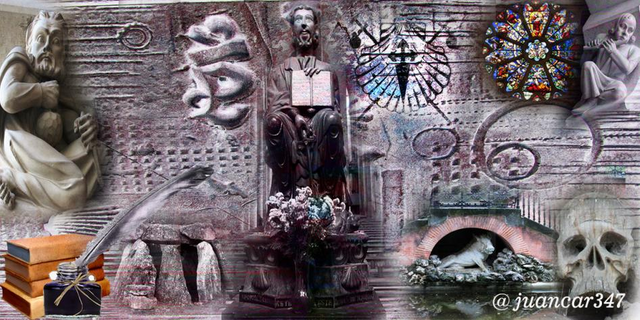.png)

[Martial, latin poet]
.jpg)
Toca la imagen y participa.
Diviértete y disfruta.



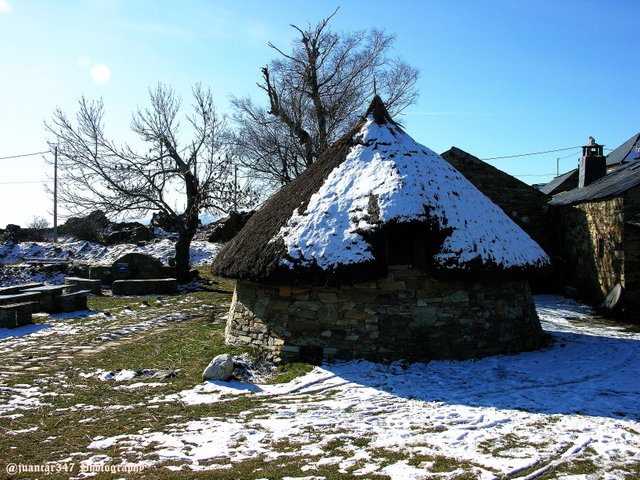
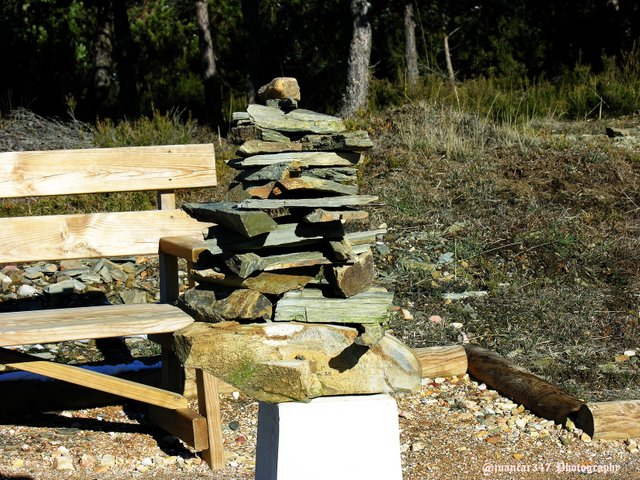
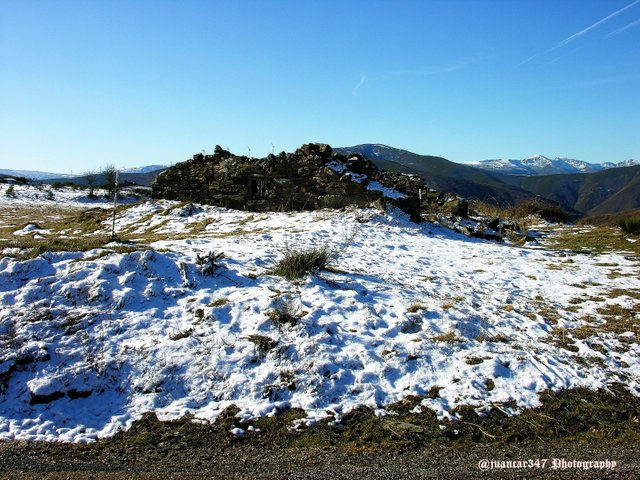
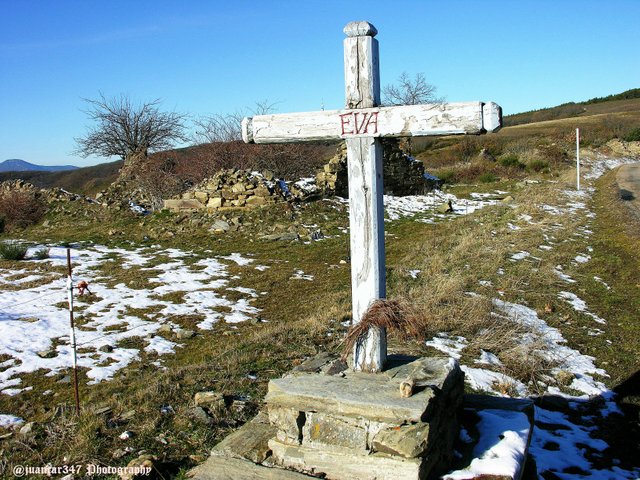
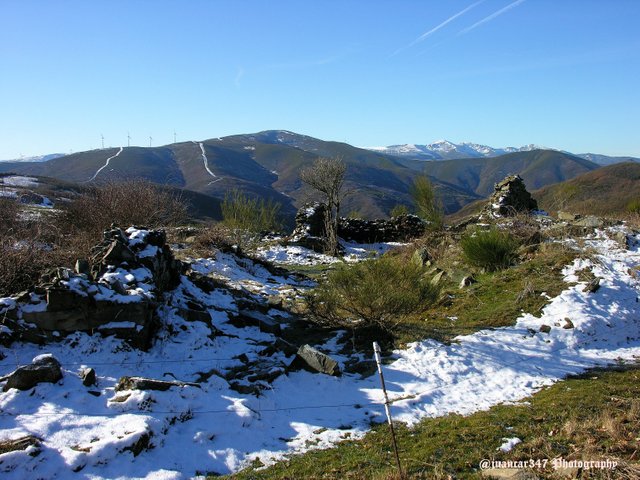
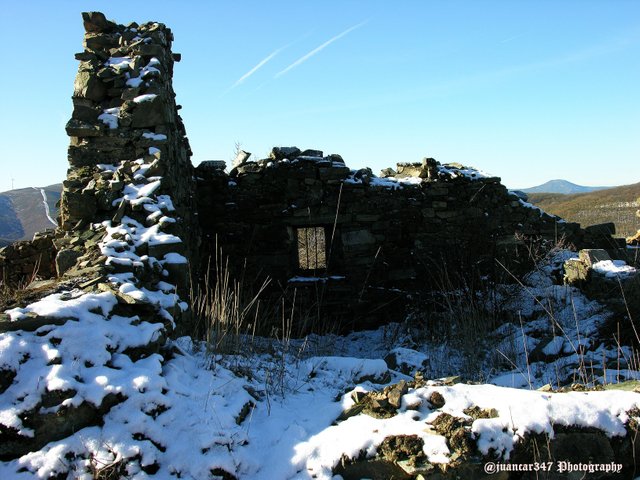
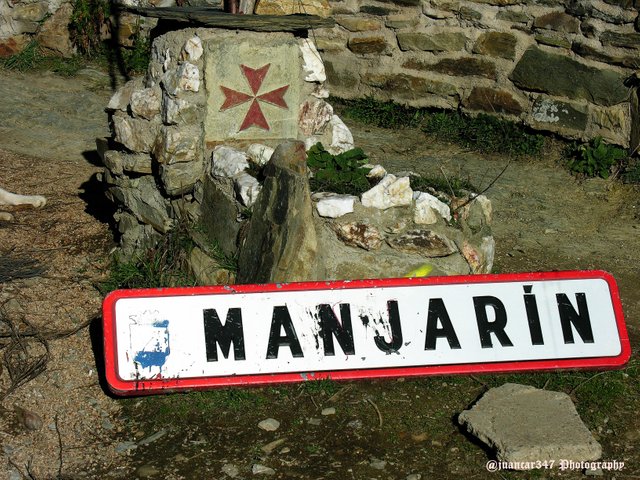
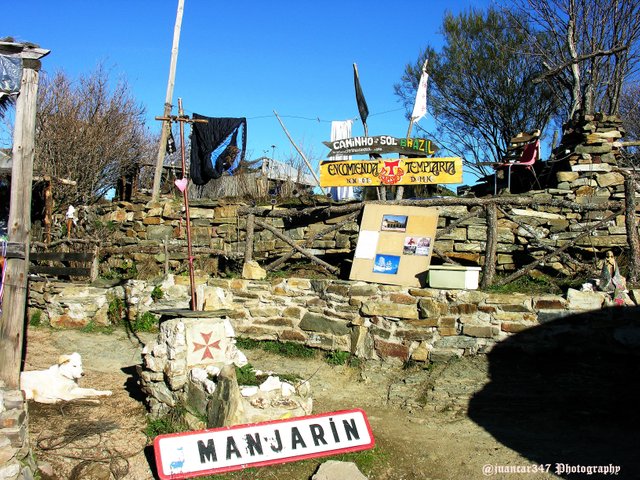
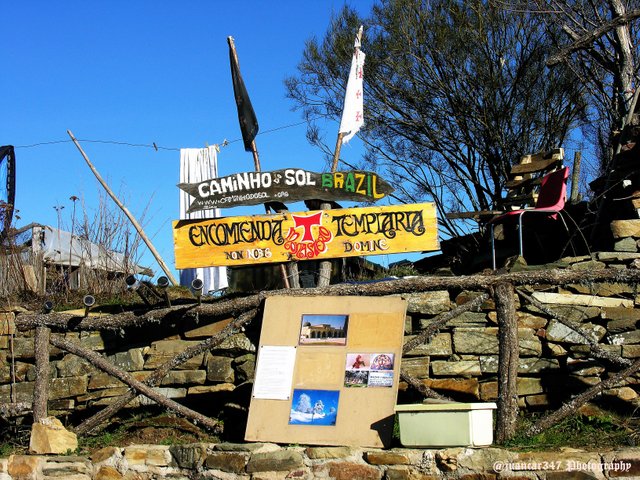
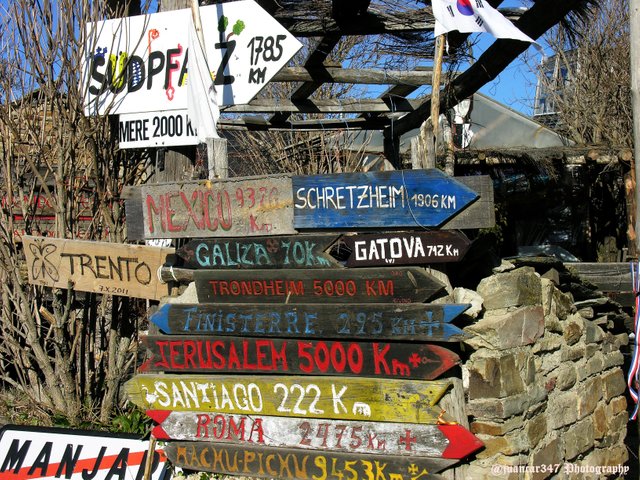
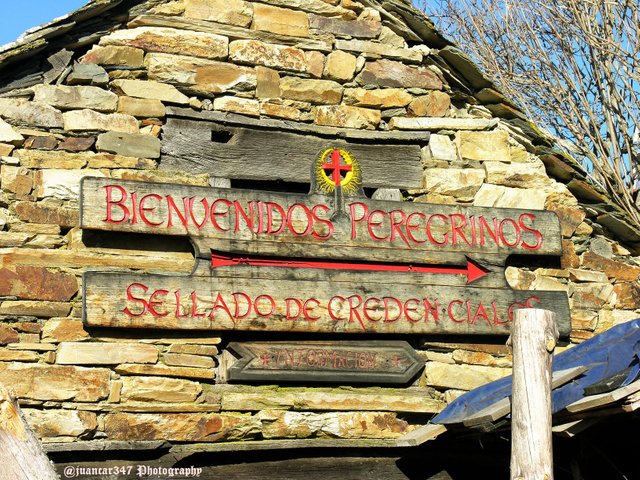
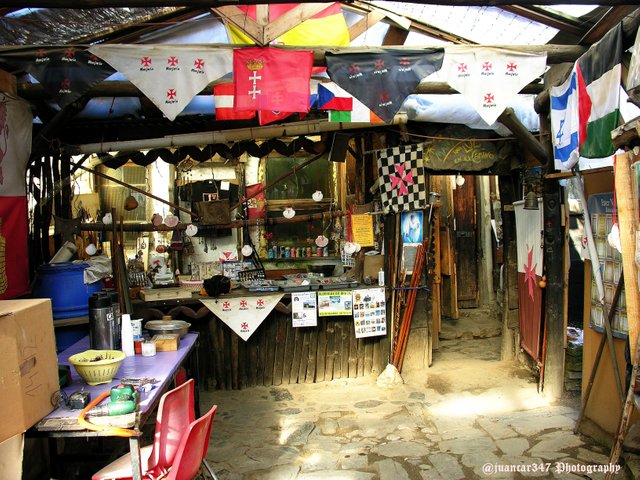
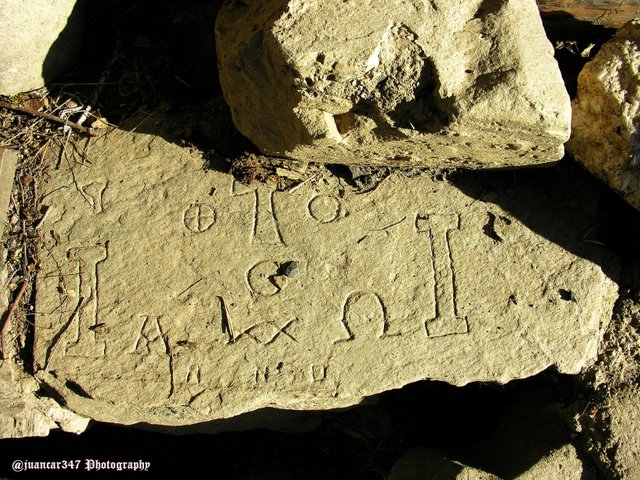
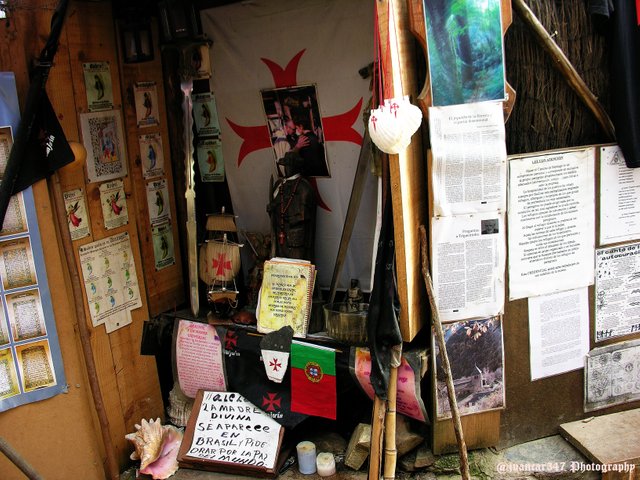
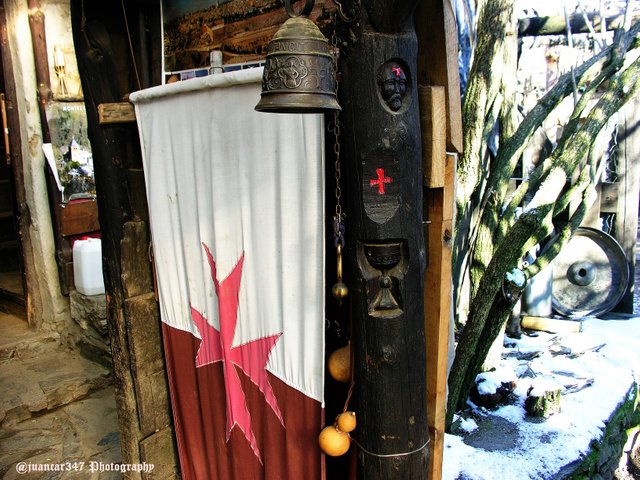
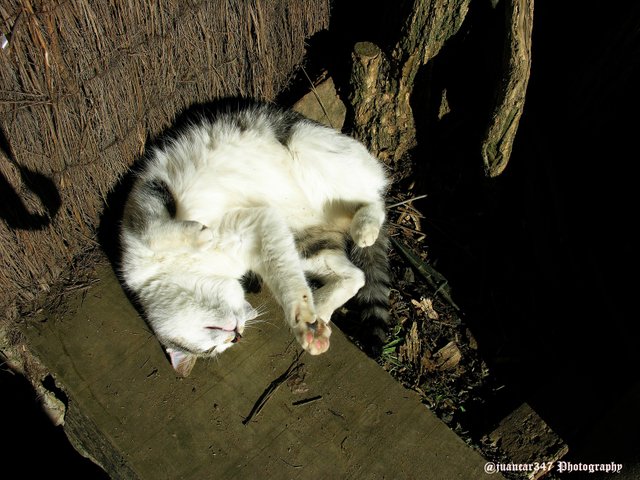
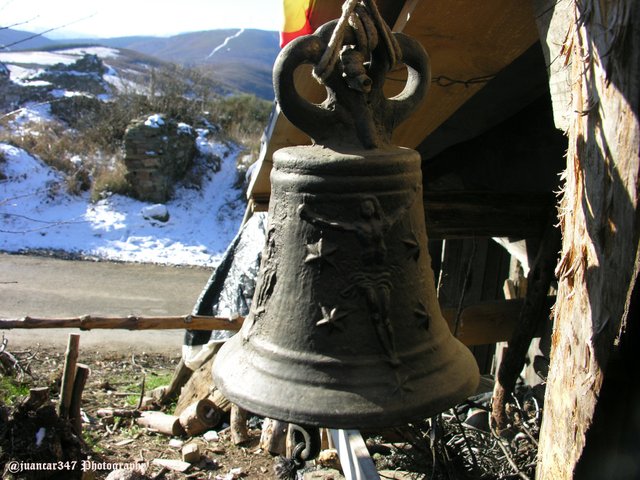
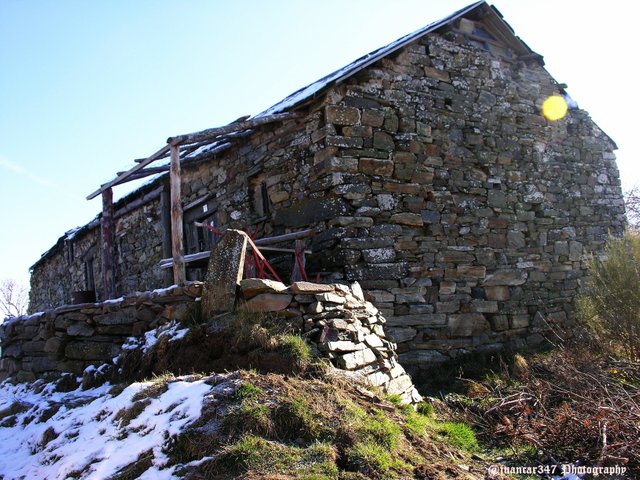
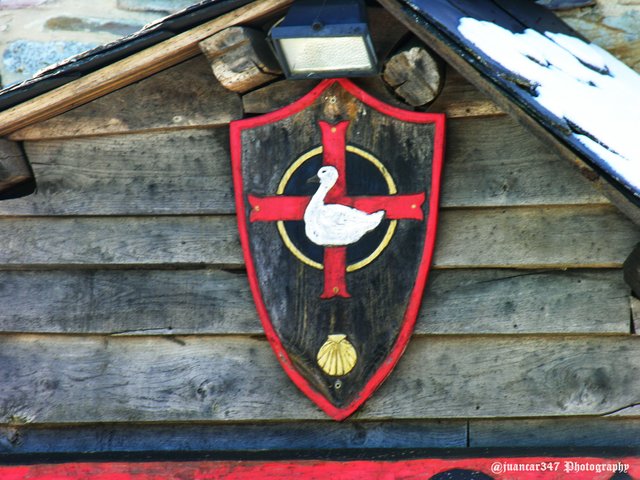
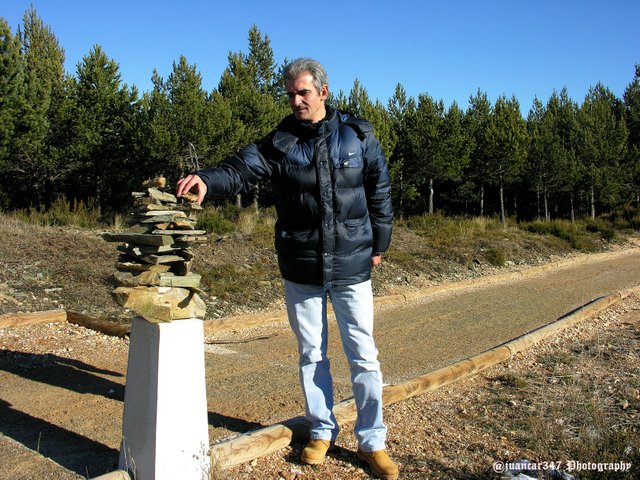
Hello!
This post has been manually curated, resteemed
and gifted with some virtually delicious cake
from the @helpiecake curation team!
Much love to you from all of us at @helpie!
Keep up the great work!
Manually curated by @vibesforlife.
Thank-you very much
Santa madre de Dios! Que haz encontrao la tumba de Eva! Como por donde habran dejao a Adan?
Adán debe de estar por ahí, tomando cañas. Ya sabes, Luz: lo que no se encuentre juancar por esos caminos de Dios, no se lo encuentra nadie.
Congratulations! Your high-quality travel content was selected by @travelfeed curator @smeralda and earned you a reward, in form of a 100% upvote and a resteem. Your work really stands out! Your article now has a chance to get featured under the appropriate daily topic on our TravelFeed blog.
Thank you for being part of the TravelFeed community!
Learn more about our travel project by clicking on the banner above and join our community on Discord
Thank-you very much
Congratulations, Your Post Has Been Added To The Steemit Worldmap!
Author link: http://steemitworldmap.com?author=juancar347
Post link: http://steemitworldmap.com?post=peoples-and-mysteries-of-the-camino-de-santiago-manjarin-knigth-templars-in-el-bierzo
Want to have your post on the map too?
Thank-you